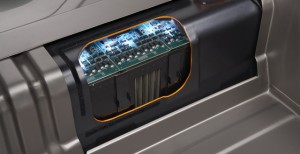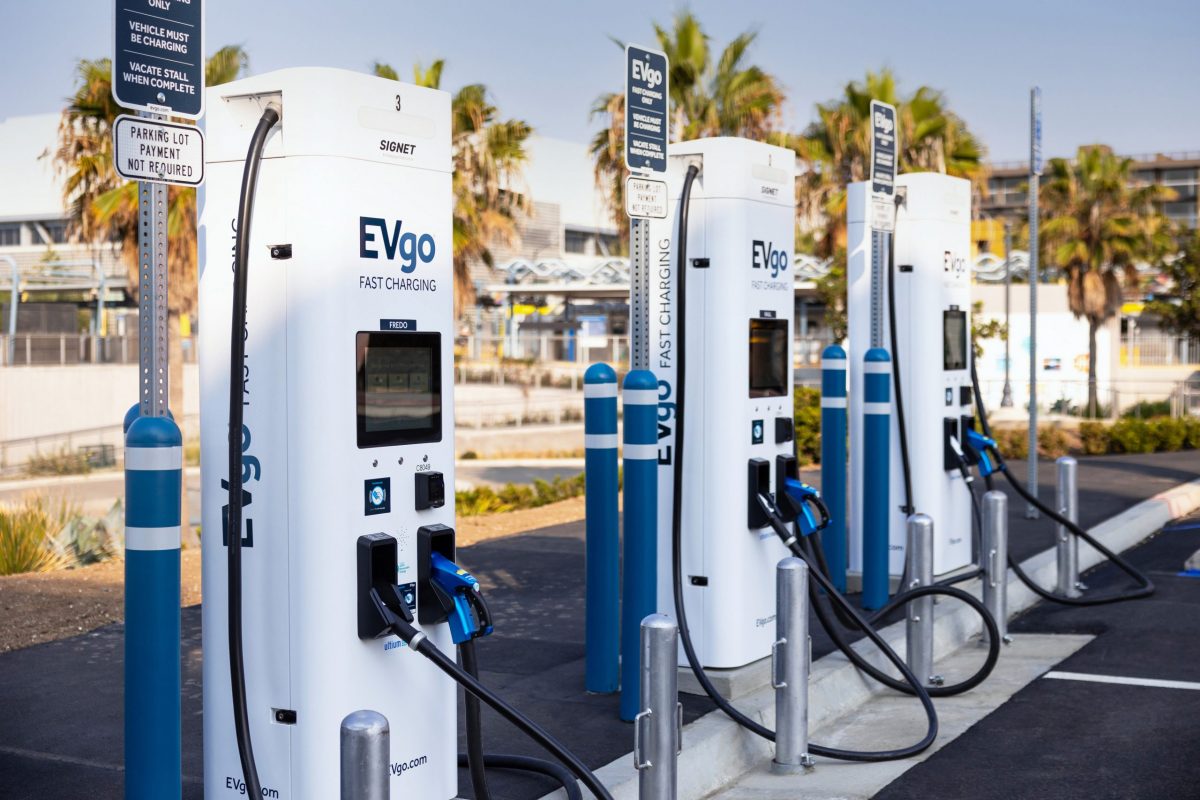Powertrain innovation worldwide is being governed by certain global megatrends. These include urbanisation, car sharing, E-mobility, integrated mobility solutions and new energy sources, among other factors. These megatrends drive innovations in light vehicle powertrain technology, leading to better fuel economy and emissions reduction.
Pietro Boggia, Principal Consultant, Automotive & Transportation at Frost & Sullivan, elaborated on the automotive powertrain technology roadmap at the Automotive Megatrends Europe conference held in Brussels, focussing on key carbon dioxide (CO2) reduction technologies and OEMs’ choices.
Megatrends & implications
The global megatrends mentioned above have had varied implications on powertrain technologies. For instance, there is the emergence of Tier 0.5 suppliers as engine and powertrain aggregate suppliers, with OEMs looking to shift focus towards mobility solutions. Another example is the CO2 emissions target; set at 95g/km by 2020, this has prompted hybridisation and electrification, not just of engines, but transmissions as well.
“E-mobility brings new integrated mobility solution and new micro-mobility products to the customer and the consumer. Here, the opportunity and the challenge for the OEM is to understand and try to anticipate the implication on their sector; to try not just to comply with regulations, but to provide additional value for their customers,” Boggia said.
Global emissions norms and fuel economy standards are constantly encouraging OEMs and the automotive value chain to innovate and adopt varying global powertrain strategies. Such strategies include turbo engine downsizing, powertrain modularity and lightweighting, alternative fuels, new ICE (internal combustion engine) technologies, high-speed and dual-clutch transmissions, electrification, and fuels, lubricants and engine oils.
Gasoline vs diesel
On the subject of fuels, in Frost & Sullivan’s view, gasoline will remain the main fuel type, accounting for over 70% of the global fuel market. With regard to diesel powertrains, growth is expected to come from India and the US. Today, Europe is the only major region where diesel-powered vehicles have a higher market share than gasoline ones.
However, even in Europe, diesel’s share of the powertrain market is expected to decrease in the range of 0.5-2% by the end of this year, Boggia said. In Europe, growth for gasoline powertrains is primarily coming from the smaller A, B and C segments, according to Frost & Sullivan’s figures.
“Euro 7 will further develop some of the technologies that have already been introduced with Euro 6, plus some others; energy recovery, for instance, or the concept of range extenders for electric vehicles (EVs). There is a mix of new technologies that are being introduced and required on traditional powertrains,” Boggia observed.

For the EV market, Boggia said that innovations and economy of scale in the enablers of battery cost can really drive the segment. The battery is the key value driver in EVs. In the next eight years, battery cost is seen to reduce significantly and this drop in cost is expected to enable EVs to become more accessible to consumers.
Key challenges
Whatever the powertrain technology, there are certain key challenges in Euro 7 compliance and Euro 7 technology implementation. One of the most important of these is that of economics. The powertrain innovation that is necessary to meet these regulations comes at a cost – for the OEMs, for suppliers, consumers and the state.
“One of the key challenges is additional cost. As we talk about new technologies on traditional powertrains, we immediately realise that consumers are not prepared to pay the extra cost for such technologies. This is an issue that OEMs constantly have to face at every step of euro emissions, and poses more and more challenges to cost engineering departments,” Boggia says.
There are, of course, other challenges as well, such as the increasing complexity of on-board diagnostics, low temperature performance of exhaust after-treatment technologies, and the challenge of meeting ACEA 2020 CO2 legislations and Euro 7 simultaneously.
One other key challenge identified by Frost & Sullivan is that of identifying the optimum emission reduction solution, depending on the vehicle segment. As these solutions are expensive, identifying and integrating the right solution is extremely important for it to be cost effective.
“What is important for an OEM is to not focus on a single solution. There is not one strategy that fits all. However, there is a right strategy for the right range mix.”
David Isaiah



